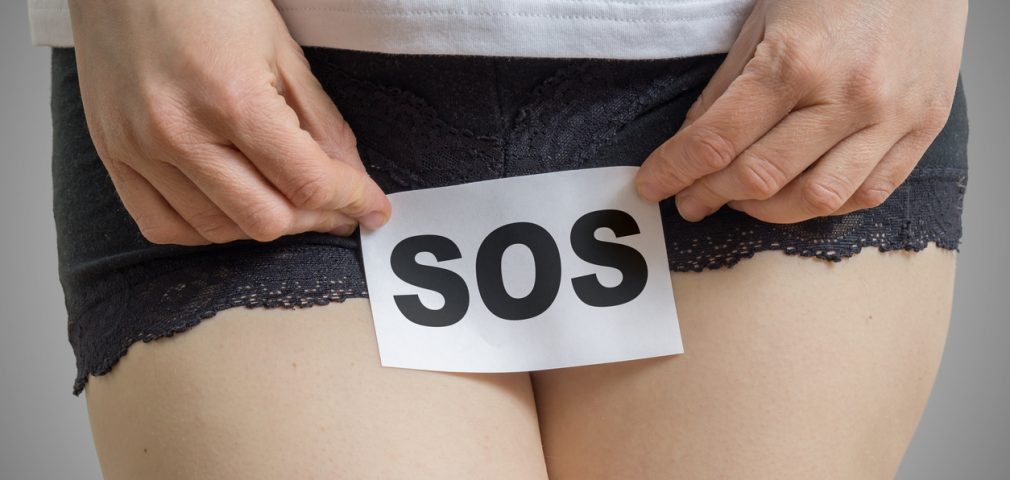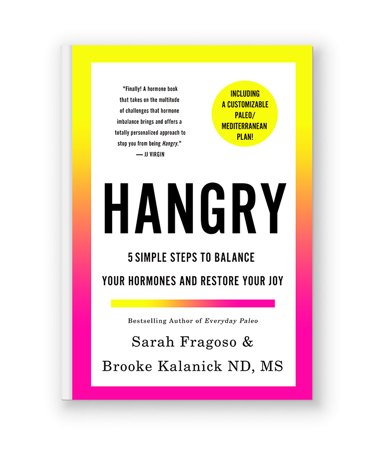
Most woman experience a a period without understanding what the amount and quality of flow mean, how spotting can indicate low progesterone or an infection or what can seem alarming about a bright red streak of blood mid cycle when it’s actually totally normal. Part of our every day life, woman sadly haven’t been taught how to read the messages their period sends them.
Your Period: What Does It All Mean?
Ladies, if you’re reading this blog post I’d venture to say you’ve had a least a couple of periods in your lifetime. And I’d also bet that things have happened related to your period that confused or worried you but you didn’t know if you should ask around about it because it’s always been a bit taboo to discuss the nitty gritty of your flow, but thank goodness that’s changing.
Get you FREE copy of my Guide To Lab Testing & Your Hormones
This guide covers hormonal testing and thyroid patterns and will show you how to suss out the Hormonal Dealbreakers of inflammation, anemia and blood sugar problems.
Get Your Free Lab Guide HereI’d also bet that for the most part your period has been somewhat of a mystery to you. It is to most women as we aren’t taught what the various signs and symptoms related to our periods mean. Think back to high school health class, was any conversation around our periods empowering or even educational? It mostly revolved around scaring us about getting pregnant and created a wave of shame about how you were going to smell different, leak through your white pants, need to start keeping Midol in your locker or otherwise be nervous about your period.
Here’s a quick rundown of variations in bleeding, spotting and flow and what it all means about your hormones:
Spotting Before Your Period
Darker, brownish spotting after ovulation but before your period (i.e during the second half or luteal phase) most often indicates low progesterone
Progesterone keeps your uterine lining intact and prevents it from shedding so when it’s low you can get this estrogen:progesterone imbalance that results in spotting. Low progesterone can be caused from faulty ovulation with PCOS (polycystic ovarian syndrome) as well as a normal decline in ovulation and thus progesterone with perimenopause.
Low progesterone is often due to stress or high cortisol. This is what we call the pregenalone steal in functional medicine as it’s due to sex steroid resources (cholesterol and precursor hormones like pregnenalone) being shunted away from progesterone towards cortisol. Most women have experienced a late or “missed period” when under stress, that’s the pregnenalone steal.
Yet another reason we can end up with inadequate progesterone is when we are hypothyroid as thyroid hormones support progesterone levels staying elevated during that second half of our cycle after ovulation. And of course there’s an intimate relationship between high stress inducing or worsening low thyroid hormones so stress pulls a double whammy here.
Vitex is my go to herb here as well as adrenal adpatogens and managing all sources of stress.
Order Hangry and get some AMAZING bonuses right now!
If you’ve ever felt like a Hangry B*tch and are ready to balance your hormones and restore your joy in just 5 simple steps then Hangry is for you!
GET YOUR BONUSES NOW
Spotting With Ovulation
When you see mid-cycle spotting such as a small amount of blood mixed with mucous or just see a streak of blood on tissue after wiping or a flash of blood in the toilet water, this is usually totally normal ovulation spotting.
The drop in estrogen after ovulation is normal for most women but it can also be a sign of a tenuous or borderline low estrogen. In this case you can almost think of it as a mini shed in lining as estrogen and progesterone overall start to get out of balance. Yet another totally normal cause for this ovulation related spotting is simply a bit of blood released from the follicle rupturing as it releases the egg.
Other Types of Spotting
Spotting can also be a sign of common bacterial infections of the vagina as it can cause some cervical inflammation. If you’re also seeing spotting with sex this can be a sign of infection or at the very least cervical inflammation. Both of these issues warrant further investigation with your gynecologist.
The biggest thing to think about with relation to spotting is, is it new? Changes with spotting or bleeding warrant a conversation with your doctor just to be sure the change doesn’t indicate a problem that you can intervene on sooner rather than later.
Heavy Bleeding & Clotting
In general heavy bleeding is associated with excess estrogen, poor estrogen metabolism or estrogen dominance.
Some clotting is not considered pathological, however if clots seem numerous or bigger than the size of a dime it can indicate insufficient progesterone to properly mature the uterine lining. However, if you continue to see larger clots it’s wise to get evaluated for fibroids, endometriosis or adenomyosis. With these conditions there is always both estrogen:progesterone imbalance as well as inflammation at play. Insulin resistance can also contribute to making flow heavier and increased clotting.
Heavy bleeding is less common with PCOS than missed periods are but due to the complex nature of this condition while thyroid, insulin, cortisol and inflammation as well as low progesterone and estrogen dominance heavy bleeding can occur in these women as well.
Vitex can be helpful here as can herbs that tonify the uterus and slow the flow such as shepard’s purse and yarrow.
Two other causes of heavier bleeding include iron deficiency and low thyroid. Hypothyroidism can also create periods that are closer together.
Very Light or Missed Periods
Super short cycles or even two periods in a 28-30 day period almost always indicates low estrogen. It can also be due to hyperthyroidism. Low estrogen can also be a manifestation of PCOS when ovulation isn’t occurring and the follicle fails to produce estrogen.
In this case addressing insulin resistance and androgen dominance if PCOS is job one. If you don’t have PCOS maca can be a great herb to help boost estrogen. And when any hormones are low: progesterone, estrogen, etc. it’s wise to address stress as well.
To Recap –
If your period is heavier consider estrogen dominance, low progesterone or hypothyroidism. Also have your iron levels evaluated with a CBC, TIBC and ferritin.
With clotting consider excess estrogen and low progesterone. Consider getting evaluated for endometriosis or adenomyosis as well a s looking at inflammation markers like CRP on bloodwork. Eat more brassica veggies and consider supplementing with DIM to support estrogen metabolism and vitex to boost progesterone.
If your period is lighter look into high thyroid or low estrogen.
Spotting is almost always low progesterone but can be due to infection or related to ovulation which is typically totally normal. Vitex and addressing stress is the best treatment here.
For more on cramping and what that means and how to address it see this post.
And remember this acronym to keep on the look out for the hormone cues your period sends you: CRAMPS
Need help sorting your hormones? Contact me and we’ll get to work getting you BETTER.

